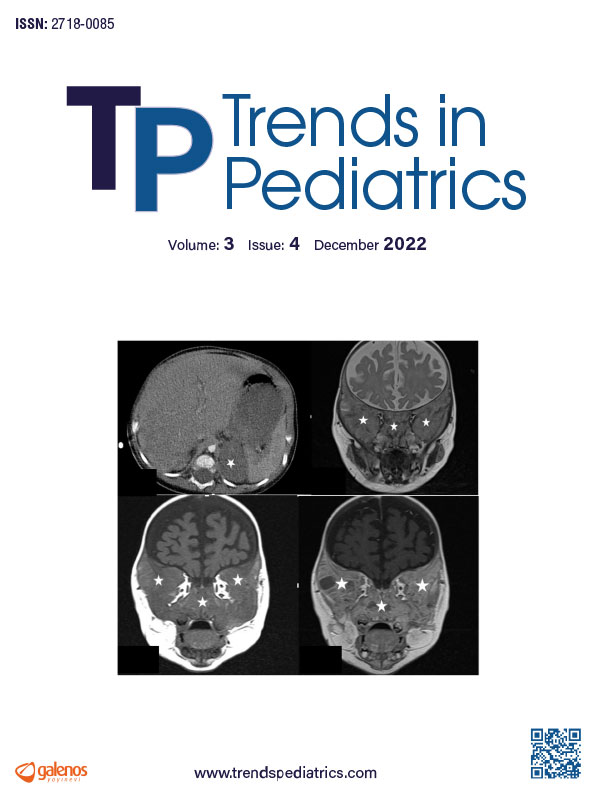Abstract
Objective: Foreign body (FB) ingestion is frequently encountered in childhood, and although the clinical results are often benign, it has high morbidity and mortality rates. Although guidelines for managing these children are available, there are still controversial aspects of the treatment recommendations. This study aimed to evaluate the treatment options for children who swallow FBs.
Methods: The study included 439 patients admitted with FB ingestion. Demographic and clinical features, type, size and localization of FB, treatment approach, and the timing of endoscopy were retrospectively scanned from hospital records.
Results: Most patients were male (58.3%) and 69.7% of the patients were aged <5 years. The most common symptom (42.3%) was nausea and vomiting and 82.5% of the patients were asymptomatic. The most common localization was the intestines (59.7%). While 84.1% of swallowed FBs came out with a spontaneous passage without complications, the endoscopic removal procedure was successful at the rate of 91.8%. The most frequently swallowed FB was coins (39.6%). Spontaneous elimination rates were higher for small coins and endoscopic removal rates were higher for large coins (p<0.001). The rate of emergency endoscopy was significantly higher in cases who swallowed a 2.6 cm coin (p<0.001). It was found that all sharp/pointed objects located in the intestine on admission came out spontaneously without complications. Sharp/pointed objects and button batteries located in areas accessible by esophagogastroduodenoscopy were more frequently removed using the endoscopic technique (p<0.001). In the cases with the ingestion of a single magnet or superabsorbent FB (giant growing toys), the FB came out with spontaneous passage without any adverse clinical outcome.
Conclusion: It can be suggested that this study of a large sample, showing the management of FBs without complications, will be of guidance in clarifying controversial aspects of the treatment.
Keywords: Foreign body ingestion, children, endoscopic removal, superabsorbent polymers
Copyright and license
Copyright © 2022 The author(s). This is an open-access article published by Aydın Pediatric Society under the terms of the Creative Commons Attribution License (CC BY) which permits unrestricted use, distribution, and reproduction in any medium or format, provided the original work is properly cited.














